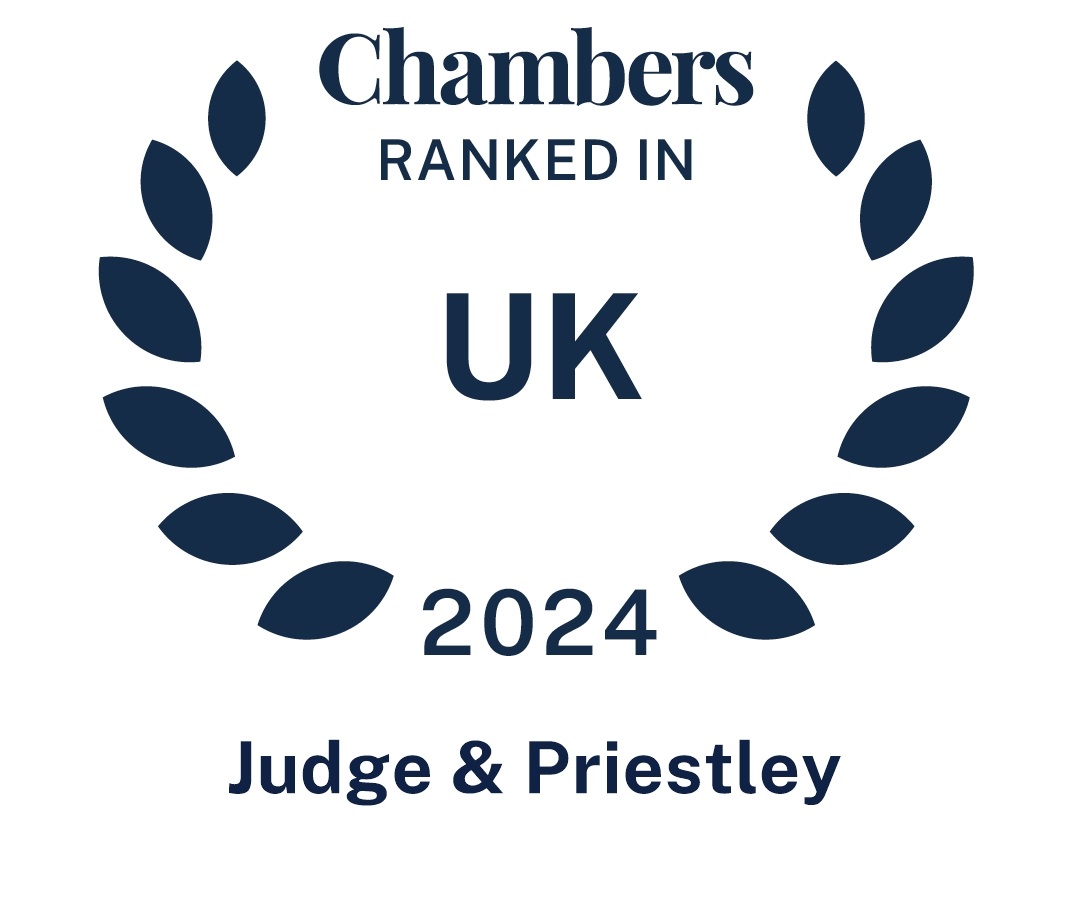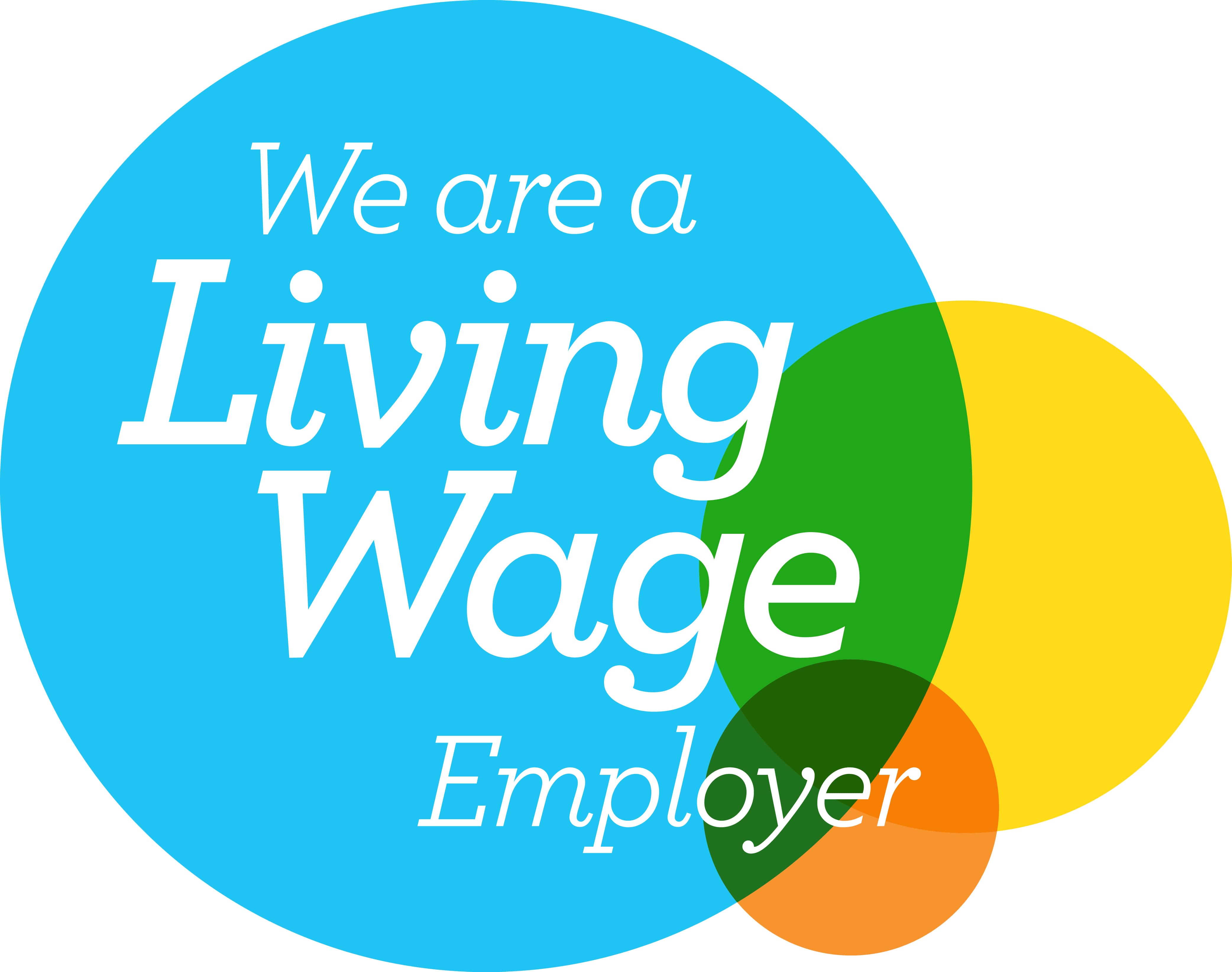- Bromley020 8290 0333
The Southeast London Black Communities: A Living History
To celebrate Black History Month in line with 2024’s theme ‘Reclaiming Narratives’, Judge & Priestley has produced three articles looking at the contribution of Black people in Britain over the last hundred years in all walks of life from the armed forces to music and entertainment, to reinvigorating local communities. In this second piece, we look at the way the Black community revived and revitalised some of Southeast London’s rundown areas over the last 70 years.
Southeast London has long been home to some of the UK's most vibrant and resilient Black communities. From the early days of Caribbean and African immigration to the present, these communities have played a crucial role in shaping the social, cultural, and economic landscape of the area, transforming it a living history of Black British life.
The story of Black communities in Southeast London begins in the post-war period when many Caribbean immigrants, invited to help rebuild Britain, settled in areas such as Lewisham, Peckham, and Deptford. These neighbourhoods, heavily bombed during World War II, offered affordable housing and job opportunities in factories, transportation, and the newly established National Health Service (NHS).
However, the new arrivals faced significant challenges, including racial discrimination, poor housing conditions, and economic hardship. Despite these difficulties, Black communities quickly established themselves, creating a rich cultural and social fabric.
Churches played a central role in community life, serving as places of worship, social gathering, and support. Pentecostal churches, in particular, became important cultural hubs, offering spiritual guidance and a sense of belonging in an often-hostile environment.
Leaders like Reverend Carmel Jones were instrumental in fostering community spirit and advocating for social justice. Jones was a pivotal figure in the Black Pentecostal church movement in the UK and founded the Pentecostal Credit Union (PCU) in 1980, aimed at providing financial services to the Black community at a time when they faced exclusion from mainstream banks. His work helped many Black church organisations, including in areas such as Brixton, to secure loans for purchasing their buildings.
In addition to churches, community centres such as the Moonshot Club in New Cross and the Lewisham Youth Centre became vital spaces for Black youth. These centres provided a place for young people to gather, learn, and express themselves creatively. They also played a key role in organising community events, educational programs, and activism, helping to foster a sense of identity and pride among Black youth.
Figures like music producer Jazzie B of Soul II Soul began their journeys in such community spaces, contributing significantly to the UK's music scene. Jazzie, whose real name is Trevor Beresford Romeo, was awarded the OBE for his services to music
The 1970s and 80s were a time of significant social and political upheaval in Southeast London. The area witnessed a series of events that highlighted the ongoing struggles faced by Black communities, including the 1977 Battle of Lewisham, where anti-racist demonstrators clashed with the far-right National Front. This was the first time a National Front march was stopped, marking a turning point in anti-racist activism.
Throughout these challenges, Black communities have continued to thrive, contributing to the area's rich cultural diversity. The influence of African and Caribbean culture can be seen in the area's food, music, and festivals. Markets such as Deptford Market and the Lewisham Model Market offer a taste of the Caribbean, with stalls selling everything from jerk chicken to plantains. Meanwhile, events like the Peckham Festival and the Black Cultural Archives' exhibitions celebrate the area's diverse artistic and cultural heritage.
The legacy of these communities is also evident in the many cultural institutions that have been established. The Stephen Lawrence Centre in Deptford, for example, serves as a memorial to the murdered teenager and as a centre for social justice and educational programs. Doreen Lawrence, Stephen's mother, has been a prominent figure advocating for racial equality and reform within the UK's justice system.
Similarly, the Goldsmiths Centre for Contemporary Art in New Cross provides a platform for artists from diverse backgrounds, reflecting the area's commitment to cultural expression and inclusivity. Artists like Yinka Shonibare have contributed to the art scene, bringing international recognition to Southeast London's creativity.
Today, Black communities continue to face challenges, including gentrification and the ongoing fight for racial equality. Gentrification refers to the process where higher-income individuals move into traditionally lower-income neighbourhoods, leading to rising property prices and living costs. This often results in the displacement of long-standing residents and the erosion of the community's cultural fabric.
In areas like Peckham and Deptford, redevelopment projects and increased interest from property developers have made it difficult for some residents to afford to stay in their own neighbourhoods. Local activists and community leaders are working tirelessly to address these issues, striving to preserve the cultural heritage and ensure that development benefits all members of the community.
However, the resilience and strength of these communities remain a testament to their enduring legacy. Their contributions have not only shaped the identity of Southeast London but have also played a vital role in the broader narrative of Black British history. Prominent individuals like actor John Boyega, who grew up in Peckham, have brought international attention to the area, using their platforms to speak out against racial injustice and inspire younger generations.
As the area continues to evolve, the living history of London's Black communities serves as a reminder of the power of community, culture, and activism in shaping a more just and inclusive society. Their ongoing efforts ensure that the rich tapestry of their heritage is not only preserved but also continues to flourish for future generations.









